Four Primary Gun Safety Rules
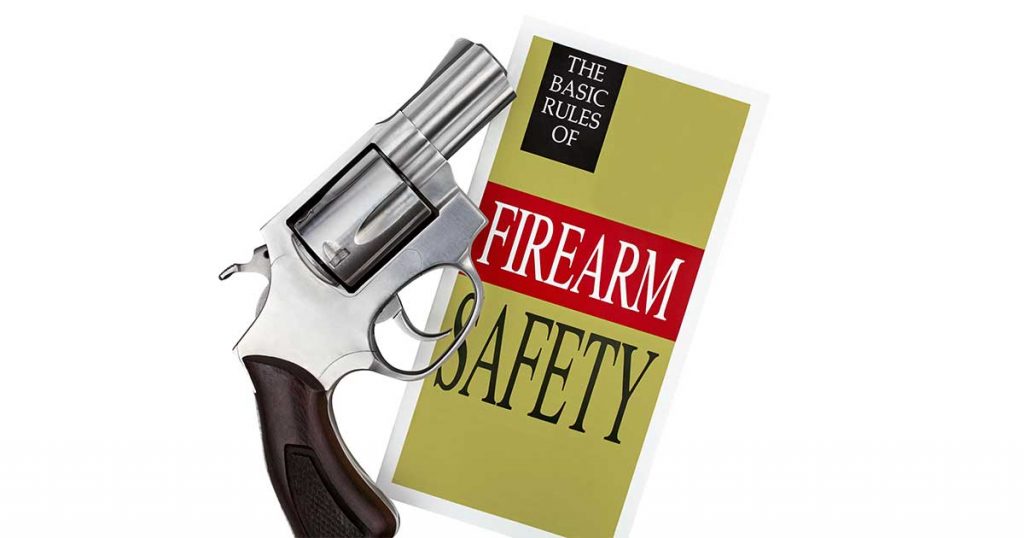
Gun ownership is a constitutional right that we enjoy as Americans. This right though comes with some very serious responsibilities. Primary among those is our responsibility to be vigilant about firearm safety. A reckless moment with a firearm can have tragic and lethal consequences. While many of us can quote safety rules, it is never a bad idea to take a hard look at them again.
There are four primary gun safety rules that are non-negotiable. While they can be presented in different orders, they are all essential to safety.
1. Treat all guns as if they are loaded.
With this as a core principle, we can avoid any surprises. This is especially true when you are getting ready to clean your gun. There are countless examples of gun owners that negligently fired their gun because they pressed the trigger thinking it was unloaded. If someone ever hands you a firearm, it is your responsibility to check its status. Never take the word of the person handing you the gun that it is unloaded.
2. Never point the gun at anything you are not willing to shoot.
This is also called muzzling and should be avoided. Once again, we are assuming the gun is loaded so we must absolutely avoid pointing it at anything other than the target. What is most common is people muzzling themselves. They put their hand in front of the muzzle for various reasons or end up pointing the gun at some other part of their body. This has led to horrific tragedies.
3. Do not put your finger on the trigger until you are ready to shoot.
Failure to follow this rule has led to a large collection of videos depicting people shooting themselves. One of the most common circumstances is during the draw of a handgun from the holster. In an attempt to be fast, some people put their finger on the trigger before the gun is pointed at the target. What follows is them shooting themselves in the leg. Another danger with this is something called sympathetic reflex. When you squeeze one hand, your other hand has a tendency to follow suit. The problem with this is that if your finger is on the trigger and you trip for example, you may reflexively squeeze your hand and fire the gun. This danger can be avoided by being conscious of your trigger finger.
4. Know your target and what is beyond it
The last primary rule is to know your target and what is beyond it. I would also add that we need to know what is between us and the target. In a personal protection situation, it is unlikely you will be on a shooting range with a good backstop. There could be innocent bystanders everywhere and we need to make sure we do not hit one of them. This is also a reason training is so important. If we are pressed to fire a shot, we need to have every confidence that it is going to hit its intended target. A sloppy or rushed shot can be tragic.
Along with these classic rules, I would add a few more things to consider.
First among these is safe storage.
It is important to safely and securely store your firearms especially if there are children in your home. Kids are naturally curious, and a gun left in the open can lead to a horror nobody wants to experience. Safe storage is also important to avoid theft. Home invaders will most certainly look for any unsecured firearms and steal them without hesitation. Shop Gun Safes and Trigger Locks
Take the time to properly maintain your firearm.
Take the time to properly maintain your firearm. The amount of maintenance a gun requires varies on the model and how often it is used. Some people joke about never cleaning their guns or refer to a tired cliché about a certain model not requiring cleaning. Regardless of the make or model, they are all mechanical devices and are prone to wear and tear. In many cases these firearms are carried for personal protection and not maintaining them is asking for a malfunction at the worst time possible. I encourage you to maintain your guns on a regular scheduled basis. Even guns that have not been fired in some time still require inspection and possibly fresh oil. Take care of your guns and they will take care of you.
Choose the proper ammunition.
The internet is replete with images of damaged guns because the shooter had either the wrong or bad ammo. Some insinuate that the gun is at fault while in 99% of the cases it was improper or bad ammunition.
I see this quite a bit with handloads. This is reloaded ammunition made by individuals. While it can be less expensive than professionally manufactured ammunition, it can lack the quality control that we enjoy from major companies. Most common is a double charge. This is when a cartridge gets twice the amount of powder than it is designed to. The result in many cases is a high-pressure detonation which blows part of the gun apart and potentially seriously injuring the shooter.
It is also important to make sure that you are loading the correct ammunition into your gun. Many rounds are close in size and will actually chamber in other guns. Like overcharged ammo, this can lead to a catastrophic malfunction in the gun. Take the time to verify that you are feeding your gun the right ammo. When buying reloaded ammo please use caution as not all reloads are the same. While reloaded ammo can be an economical choice, we recommend you stick to factory loads.
Firearms safety is something we must all embrace. It is important not only because it keeps us and others safe, but because we represent the firearms community. Reckless behavior and habits paint an unbelievably bad picture of gun owners in general and must be avoided at all costs. Owning a firearm is unlike owning anything else. It requires training, commitment, and an unwavering focus on safety. Making that commitment though can bring you a very enjoyable experience and countless benefits. Stay safe.



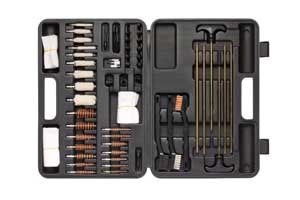


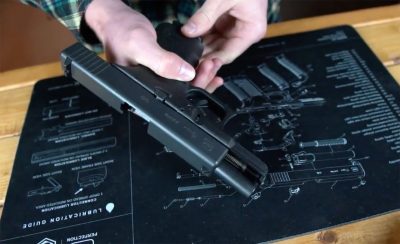
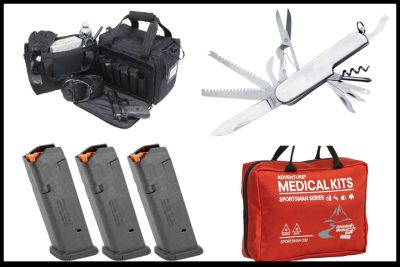


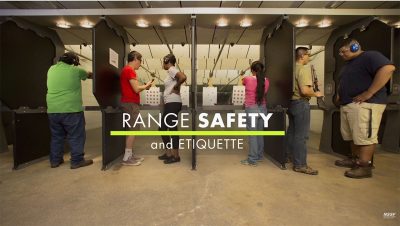
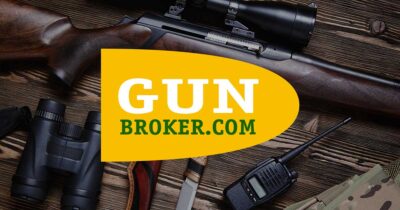
![GOSAFE Mobile Safe & Mag: Mobile Firearm Security [Video]](https://content.gunbroker.com/wp-content/uploads/2023/02/GOSAFE_demo_image-400x250.jpg)
![Introducing The Headrest Safe® [Video]](https://content.gunbroker.com/wp-content/uploads/2023/03/Removing-Revolver-from-Headrest-1280x800-1-400x250.jpg)
![Features and Specs of Magpul DAKA Hard Case [Video]](https://content.gunbroker.com/wp-content/uploads/2023/09/Magpul-FDP-case-1200-X-800-400x267.jpg)
